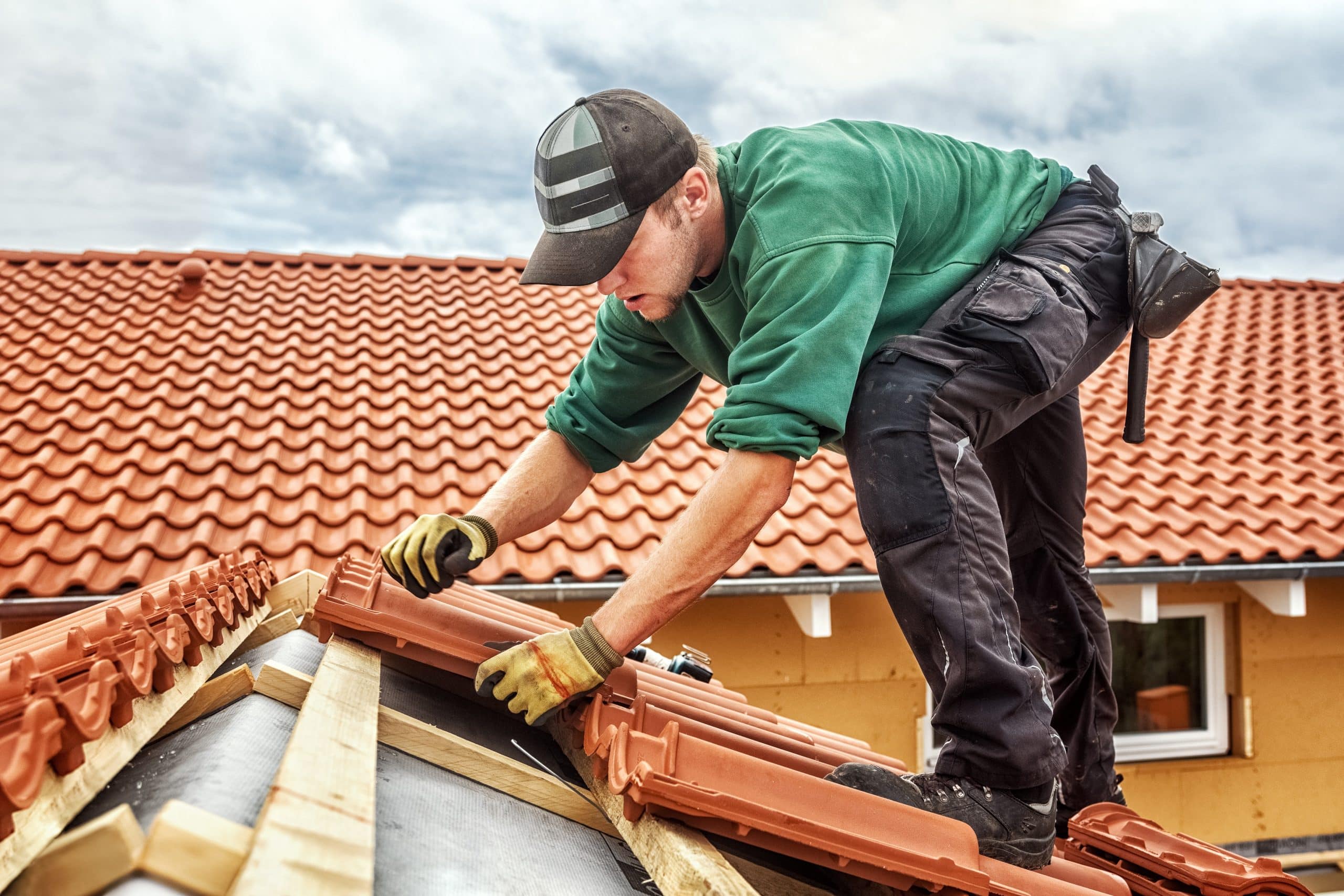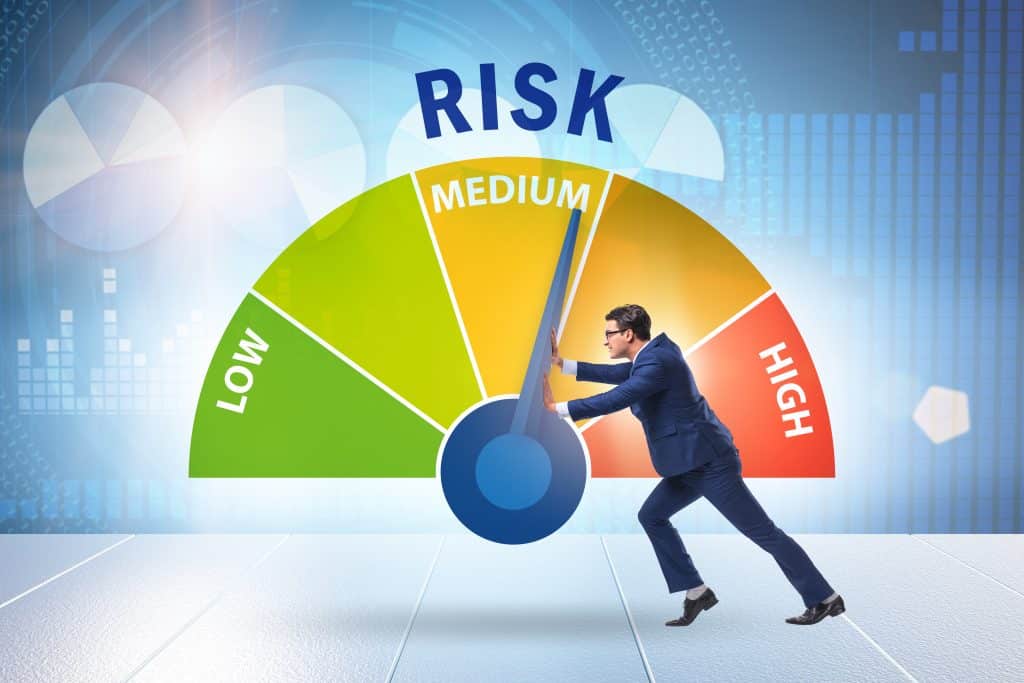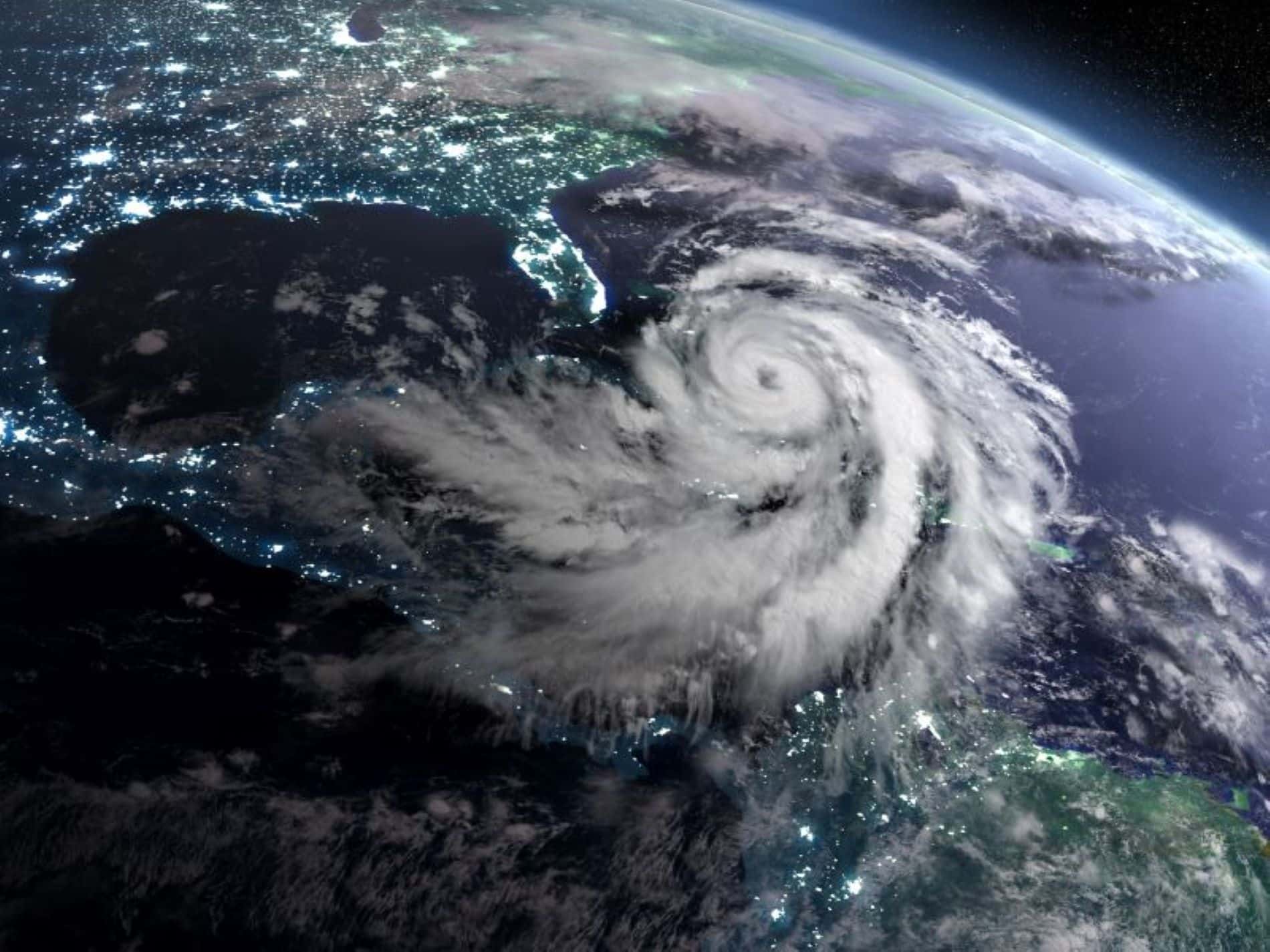Worried About the Home Inspection on your High Risk Property? Here’s what to expect.

Why Insurance Companies Require a Home Inspection and What to Expect
Insurance companies require home inspections for several key reasons. These inspections help assess the risk of insuring a property, determine the appropriate coverage, and identify any potential issues that need to be addressed. Here’s a detailed look at why these inspections are crucial and what homeowners can expect during the process.
Reasons for Home Inspections
- Risk Assessment: Insurance companies need to evaluate the risk associated with insuring a property. By conducting a home inspection, they can identify potential hazards such as structural damage, outdated electrical systems, or plumbing issues. This assessment helps insurers determine the likelihood of future claims and set premiums accordingly.
- Determining Coverage Needs: Inspections provide insurers with a clear understanding of the property’s condition and value. This information is essential for determining the appropriate level of coverage. For example, a home with a newly renovated kitchen may require higher coverage for the updated features, whereas an older home might need coverage for potential repairs.
- Identifying Liability Issues: Home inspections help identify potential liability issues that could lead to claims. This includes hazards like loose railings, uneven walkways, or unsecured pools. By addressing these issues, homeowners can reduce the risk of accidents and claims, ultimately benefiting both the insurer and the insured.
- Ensuring Compliance with Building Codes: Inspections ensure that the home complies with local building codes and safety regulations. Non-compliance can result in significant repair costs, and insurers need to know that the property meets these standards to avoid unexpected expenses.
- Preventing Fraud: Unfortunately, insurance fraud is a concern for many companies. Home inspections help verify the accuracy of the information provided by the homeowner. This step ensures that the property is accurately represented in the insurance policy, preventing fraudulent claims and misrepresentations.
- Confirming No Unrepaired Damage: Especially after a home has had prior claims, insurance companies may have an extra layer of diligence in their inspection.

What to Expect During a Home Inspection
A home inspection typically involves a thorough examination of the property’s interior and exterior. Here’s what homeowners can expect:
- Scheduling the Inspection: Once an insurance company requests an inspection, they will schedule a convenient time for the homeowner. The inspection usually takes as little as 30 minutes and as long as a few hours, depending on the size and condition of the home.
- Exterior Inspection: The inspector will start by examining the exterior of the home. This includes checking the roof for any signs of damage, inspecting the foundation for cracks or settling, and assessing the condition of the siding, windows, and doors. They will also evaluate the landscaping and any additional structures like garages or sheds.
- Interior Inspection: Many times there is no interior inspection. Inside the home, the inspector will check the overall condition of the rooms, including walls, ceilings, and floors. They will inspect the plumbing, electrical systems, and HVAC (heating, ventilation, and air conditioning) systems to ensure they are functioning correctly and meet safety standards.
- Self Inspection: After the Covid crisis many carriers moved to a self inspection where the consumer take pictures of what is required for the carrier. This is a big deal in the industry as it may upend the traditional ways that inspections are done. This may also require some tech savvy consumers to perform the inspection properly.
- Safety Features: The inspector will look for essential safety features such as smoke detectors, carbon monoxide detectors, and fire extinguishers. They will also check for potential hazards like exposed wiring or mold.
- Documentation and Reporting: After the inspection, the inspector will compile a detailed report outlining their findings. This report is shared with the homeowner and the insurance company. It highlights any issues that need to be addressed and provides recommendations for repairs or improvements.
- Follow-Up Actions: Based on the inspection report, the insurance company may require the homeowner to address certain issues before providing coverage. This could include fixing a leaky roof, updating an old electrical system, or installing safety devices. Once the necessary repairs are made, the homeowner may need to provide proof of completion.
Summing It Up
Home inspections are a vital part of the insurance process, ensuring that both the insurer and the homeowner have a clear understanding of the property’s condition, especially for high risk homeowners insurance. By identifying risks, determining coverage needs, and ensuring compliance with safety standards, these inspections help create a more secure and transparent homeowners insurance agreement. Homeowners should approach the inspection process with a positive mindset, viewing it as an opportunity to improve their property’s safety and value and avoid being classified as high risk.
Recent Posts
Claims Surge Amid Unusual 2024 Hurricane Season and What Does it Mean for High Risk Homeowners Insurance?
How is the season so far and what do higher temperatures have to do with it? That warm waters in the tropical Atlantic...
2024- Are Burglary Claims Still a High Risk?
Burglaries are a persistent threat to homeowners across the U.S., with over one million break-ins occurring annually. Even though burglary rates have decreased...
2024 Atlantic Hurricane Season Predictions
All Early Predictions Call for a Busy 2024 Atlantic Hurricane Season Forecasters are predicting an exceptionally active Atlantic hurricane season in 2024. The...




